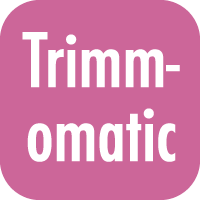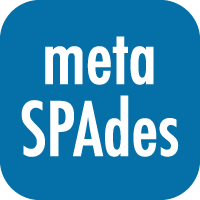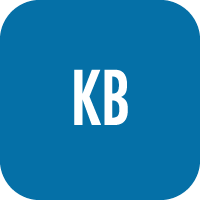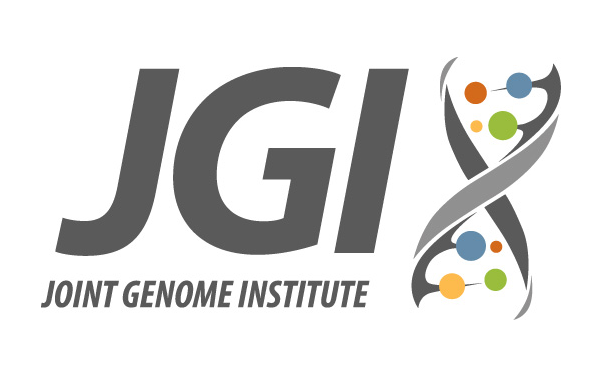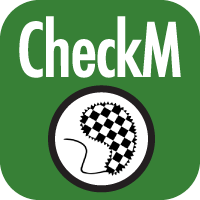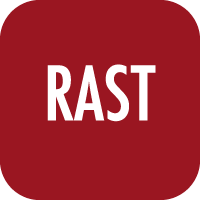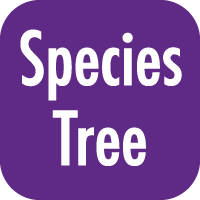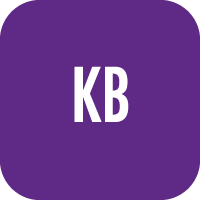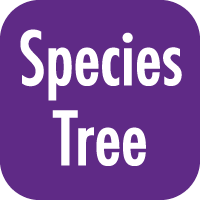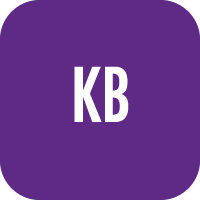The RAST algorithm was applied to annotating a genome sequence comprised of 94 contigs containing 5579351 nucleotides.
No initial gene calls were provided.
Standard features were called using: glimmer3; prodigal.
A scan was conducted for the following additional feature types: rRNA; tRNA; selenoproteins; pyrrolysoproteins; repeat regions; crispr.
The genome features were functionally annotated using the following algorithm(s): Kmers V2; Kmers V1; protein similarity.
In addition to the remaining original 0 coding features and 0 non-coding features, 6001 new features were called, of which 181 are non-coding.
Output genome has the following feature types:
Coding gene 5820
Non-coding repeat 153
Non-coding rna 28
Overall, the genes have 2632 distinct functions.
The genes include 2321 genes with a SEED annotation ontology across 1292 distinct SEED functions.
The number of distinct functions can exceed the number of genes because some genes have multiple functions.
Bin.010.fasta_assembly succeeded!
The RAST algorithm was applied to annotating a genome sequence comprised of 15 contigs containing 3020098 nucleotides.
No initial gene calls were provided.
Standard features were called using: glimmer3; prodigal.
A scan was conducted for the following additional feature types: rRNA; tRNA; selenoproteins; pyrrolysoproteins; repeat regions; crispr.
The genome features were functionally annotated using the following algorithm(s): Kmers V2; Kmers V1; protein similarity.
In addition to the remaining original 0 coding features and 0 non-coding features, 3278 new features were called, of which 63 are non-coding.
Output genome has the following feature types:
Coding gene 3215
Non-coding repeat 39
Non-coding rna 24
Overall, the genes have 2204 distinct functions.
The genes include 1374 genes with a SEED annotation ontology across 1135 distinct SEED functions.
The number of distinct functions can exceed the number of genes because some genes have multiple functions.
Bin.003.fasta_assembly succeeded!
The RAST algorithm was applied to annotating a genome sequence comprised of 12 contigs containing 4284298 nucleotides.
No initial gene calls were provided.
Standard features were called using: glimmer3; prodigal.
A scan was conducted for the following additional feature types: rRNA; tRNA; selenoproteins; pyrrolysoproteins; repeat regions; crispr.
The genome features were functionally annotated using the following algorithm(s): Kmers V2; Kmers V1; protein similarity.
In addition to the remaining original 0 coding features and 0 non-coding features, 4202 new features were called, of which 44 are non-coding.
Output genome has the following feature types:
Coding gene 4158
Non-coding repeat 8
Non-coding rna 36
Overall, the genes have 1585 distinct functions.
The genes include 1660 genes with a SEED annotation ontology across 857 distinct SEED functions.
The number of distinct functions can exceed the number of genes because some genes have multiple functions.
Bin.015.fasta_assembly succeeded!
The RAST algorithm was applied to annotating a genome sequence comprised of 26 contigs containing 5937821 nucleotides.
No initial gene calls were provided.
Standard features were called using: glimmer3; prodigal.
A scan was conducted for the following additional feature types: rRNA; tRNA; selenoproteins; pyrrolysoproteins; repeat regions; crispr.
The genome features were functionally annotated using the following algorithm(s): Kmers V2; Kmers V1; protein similarity.
In addition to the remaining original 0 coding features and 0 non-coding features, 5672 new features were called, of which 54 are non-coding.
Output genome has the following feature types:
Coding gene 5618
Non-coding repeat 27
Non-coding rna 27
Overall, the genes have 2649 distinct functions.
The genes include 1991 genes with a SEED annotation ontology across 1201 distinct SEED functions.
The number of distinct functions can exceed the number of genes because some genes have multiple functions.
Bin.013.fasta_assembly succeeded!
The RAST algorithm was applied to annotating a genome sequence comprised of 279 contigs containing 2884547 nucleotides.
No initial gene calls were provided.
Standard features were called using: glimmer3; prodigal.
A scan was conducted for the following additional feature types: rRNA; tRNA; selenoproteins; pyrrolysoproteins; repeat regions; crispr.
The genome features were functionally annotated using the following algorithm(s): Kmers V2; Kmers V1; protein similarity.
In addition to the remaining original 0 coding features and 0 non-coding features, 3178 new features were called, of which 35 are non-coding.
Output genome has the following feature types:
Coding gene 3143
Non-coding repeat 2
Non-coding rna 33
Overall, the genes have 1555 distinct functions.
The genes include 1515 genes with a SEED annotation ontology across 880 distinct SEED functions.
The number of distinct functions can exceed the number of genes because some genes have multiple functions.
Bin.009.fasta_assembly succeeded!
The RAST algorithm was applied to annotating a genome sequence comprised of 184 contigs containing 3621338 nucleotides.
No initial gene calls were provided.
Standard features were called using: glimmer3; prodigal.
A scan was conducted for the following additional feature types: rRNA; tRNA; selenoproteins; pyrrolysoproteins; repeat regions; crispr.
The genome features were functionally annotated using the following algorithm(s): Kmers V2; Kmers V1; protein similarity.
In addition to the remaining original 0 coding features and 0 non-coding features, 3655 new features were called, of which 54 are non-coding.
Output genome has the following feature types:
Coding gene 3601
Non-coding repeat 32
Non-coding rna 22
Overall, the genes have 1577 distinct functions.
The genes include 1528 genes with a SEED annotation ontology across 862 distinct SEED functions.
The number of distinct functions can exceed the number of genes because some genes have multiple functions.
Bin.008.fasta_assembly succeeded!
The RAST algorithm was applied to annotating a genome sequence comprised of 54 contigs containing 5926646 nucleotides.
No initial gene calls were provided.
Standard features were called using: glimmer3; prodigal.
A scan was conducted for the following additional feature types: rRNA; tRNA; selenoproteins; pyrrolysoproteins; repeat regions; crispr.
The genome features were functionally annotated using the following algorithm(s): Kmers V2; Kmers V1; protein similarity.
In addition to the remaining original 0 coding features and 0 non-coding features, 5937 new features were called, of which 195 are non-coding.
Output genome has the following feature types:
Coding gene 5742
Non-coding crispr_array 3
Non-coding crispr_repeat 33
Non-coding crispr_spacer 30
Non-coding repeat 91
Non-coding rna 38
Overall, the genes have 2634 distinct functions.
The genes include 2146 genes with a SEED annotation ontology across 1214 distinct SEED functions.
The number of distinct functions can exceed the number of genes because some genes have multiple functions.
Bin.002.fasta_assembly succeeded!
The RAST algorithm was applied to annotating a genome sequence comprised of 41 contigs containing 5226120 nucleotides.
No initial gene calls were provided.
Standard features were called using: glimmer3; prodigal.
A scan was conducted for the following additional feature types: rRNA; tRNA; selenoproteins; pyrrolysoproteins; repeat regions; crispr.
The genome features were functionally annotated using the following algorithm(s): Kmers V2; Kmers V1; protein similarity.
In addition to the remaining original 0 coding features and 0 non-coding features, 4911 new features were called, of which 52 are non-coding.
Output genome has the following feature types:
Coding gene 4859
Non-coding repeat 27
Non-coding rna 25
Overall, the genes have 2114 distinct functions.
The genes include 2043 genes with a SEED annotation ontology across 1069 distinct SEED functions.
The number of distinct functions can exceed the number of genes because some genes have multiple functions.
Bin.011.fasta_assembly succeeded!


